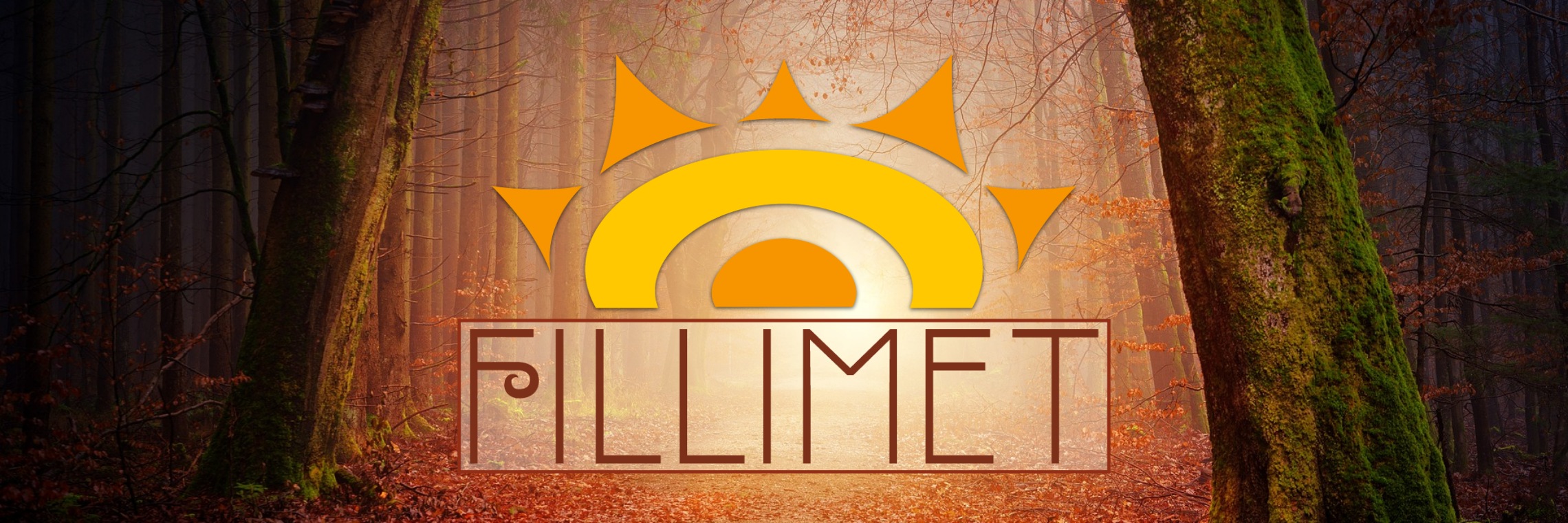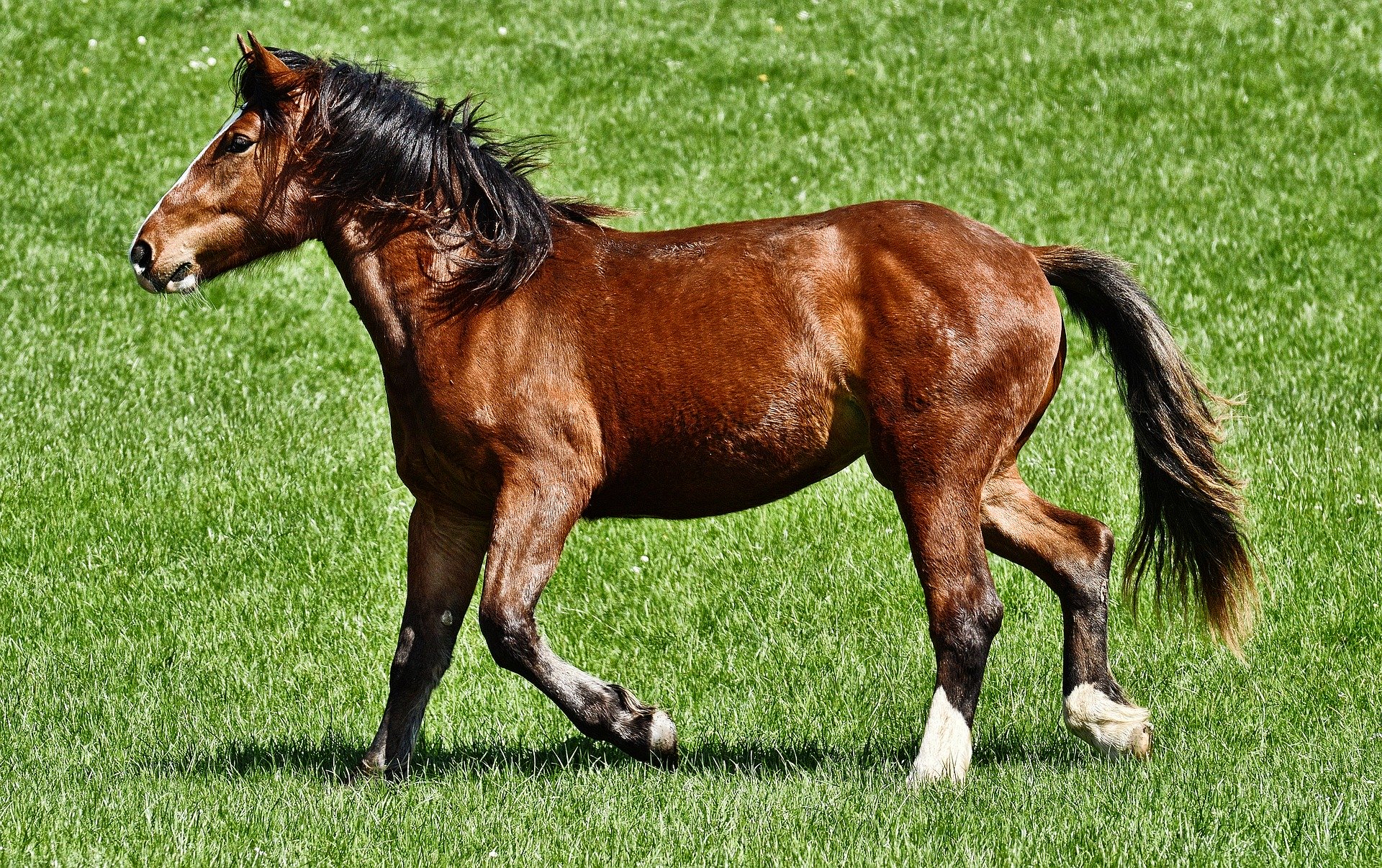Domesticated Horse
Domesticated Horses play a large part in most cultures across Fillimet, participating in both work and leisure related activities. There are a large variety of breeds available, each specifically developed to best perform a particular task or group of tasks. Domesticated horses are also acknowledged as the originating species of the fantastical Portal Horse used at The Portal Exchange.
Basic Information
Dietary Needs and Habits
Horses are herbivores, preferring grass when available and hay and haylage during the cold seasons. They also benefit from the occasional fruit or vegetable, while hardworking horses will require additional calories from grains to maintain a safe weight. When left to graze they will eat many small meals throughout most of the day. When stabled they should be fed at least four times a day, with meals spread relatively evenly throughout the day and night.
Horses also require ready access to fresh water. They benefit from salt licks, especially during the hot seasons, to help stay hydrated.
Additional Information
Domestication
The domestication of horses has allowed for ease of travel across reasonable distances, either by riding on horseback or using the horse to pull a wagon or carriage or other such vehicle. Horses are also used to pull tools such as plows, and can even power factories through the use of geared horse mills. Many sports have also developed around the use of horses, most notably horseback riding and carriage chases.
Those who keep horses tend to view them as valuable creatures, some even considering horses as important members of the family.
Uses, Products & Exploitation
Domesticated horses are commonly considered beasts of burden, pulling wagons or other loads during overland travel throughout Fillimet. They can also carry a rider, or several riders if none are particularly heavy and they position themselves appropriately.
Horsehair is used frequently across many industries, from paint brushes to fabrics and even as a component of many musical instruments. This hair can be taken from live horses but is most commonly sourced from dead horses.
Their hides are occasionally used as leather after their death, as well, while their bones, hooves, hide, and connective tissues can be manufactured into an effective but removable glue useful particularly to Luthiers in the construction of stringed instruments.
While some cultures will consume their horses when the animals reach the end of their lifespan, horses are not seen as food animals among any culture.
Geographic Origin and Distribution
Domesticated Horses are found anywhere sapient species have settled. Horses are an integral part of any settlement and, as such, those that live in each settlement have found means of ensuring the safety and well-being of their horses even in adverse conditions.
Igoris is a notable exception. There are no permanent settlements on Igoris, and Igoris Outpost relies upon its small herd of native Icefangs rather than risk the lives of horses to the unforgiving ice.
Perception and Sensory Capabilities
Horses are most notable for their natural attunement to Metamagic, particularly the ability to sense magic usage. They also possess a minor form of Telepathy, allowing them to sense intent and shielding them from any unwelcome telepathic intrusions.
This is why most horses can sense magical attacks prior to their casting, as they can feel the caster performing the needed steps prior to the magic's manifestation. Horses can be trained not to spook in the use of magic is they form a bond with their rider, but the standard unease around Portal Travel necessitated the breeding of Portal Horses for more reliable equestrian-assisted portal trips. Portal Horses retain the basic metamagical and telepathic magical attunements of the domesticated horse but with a much calmer disposition towards magic usage.
Genetic Descendants
Scientific Name
Equus ferus caballus
Lifespan
25 to 30 years
Conservation Status
Least Concern
Average Height
4 ft 6 in to 6 ft
Average Weight
800 lbs to 2,400 lbs
Average Length
6 ft to 8 ft
Body Tint, Colouring and Marking
Horses can be black, brown, bay (reddish brown with black), and chestnut (red). They can also appear white or cream colored due to genes which lighten their coats. These are the color options for horse hides as well as manes and tails, although the horse may have different colors for each.
Horse markings are varied and frequently bred intentionally. Each possible marking has its own name which is used to identify the specific sub-breed of horse as well as the individual horse. These markings can include spots of any size both large and miniscule on any portion of the horse, sock-like markings on one or many legs, a stripe down the back of the horse, or variations in mane and tail compared to the hide of the horse. Some horses will have no markings while some may have many.
Common collections of markings with specific colorations typically have their own name to describe the horse coloration overall. For example a "dapple gray" is a gray horse with small white spots throughout its entire coat, while a "blue roan" has the same markings but also a black mane, tail, and legs.






Comments